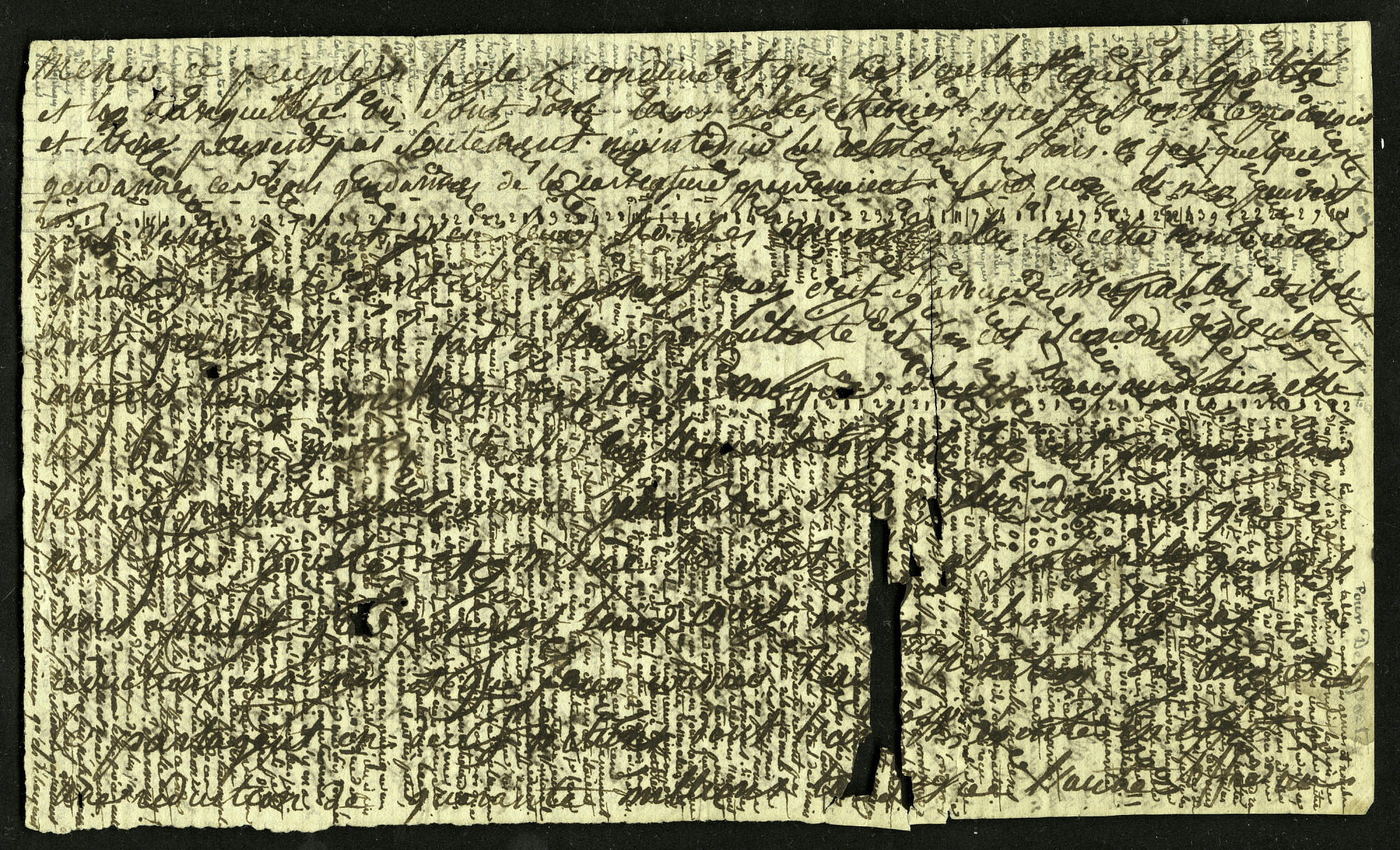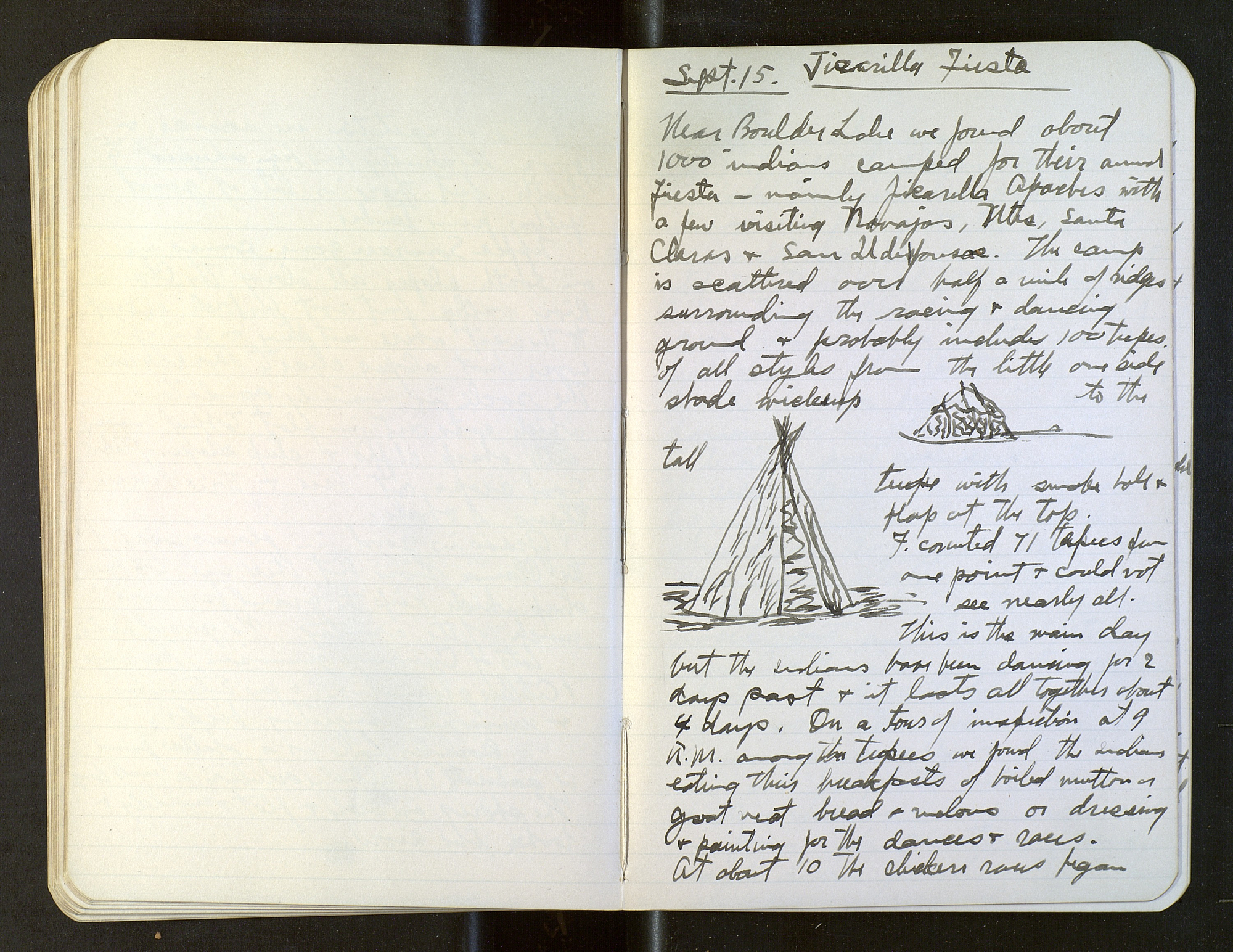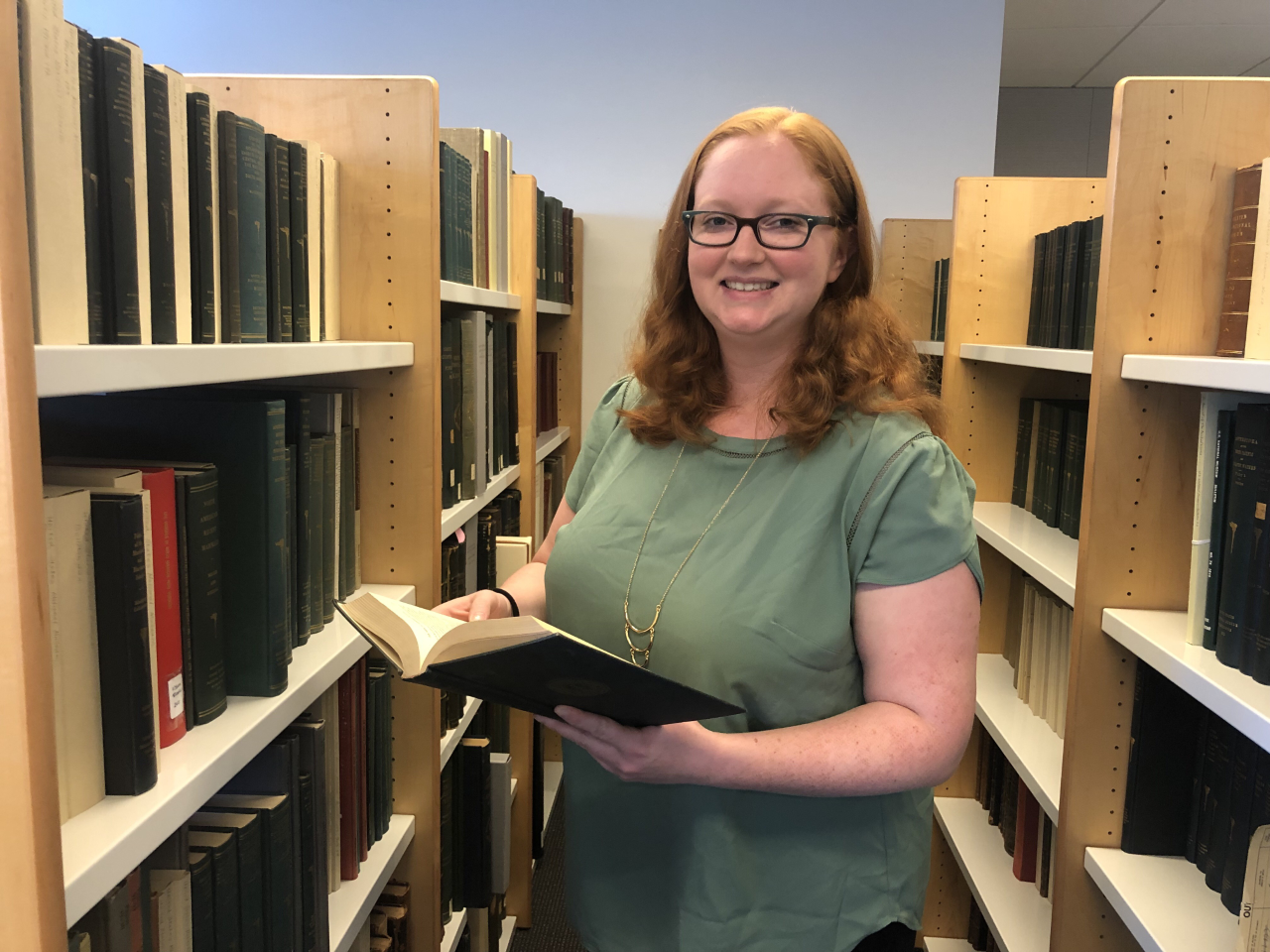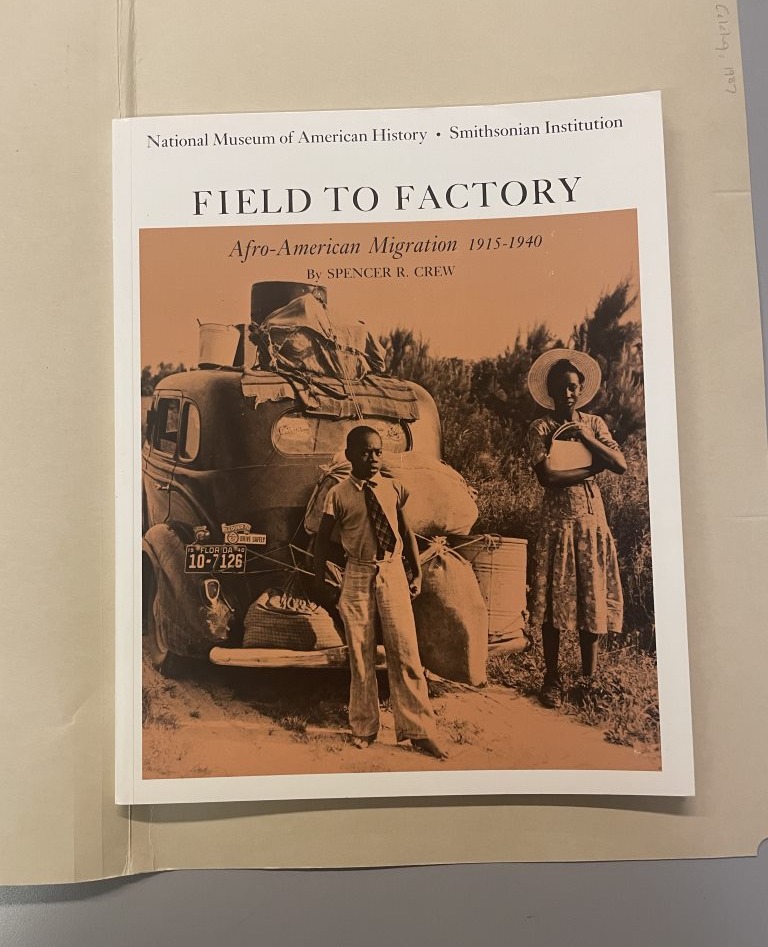Results for "Science -- History"
- Blog Post
Collaboration’s Value in the Pursuit of Science and Peace
- Date: September 19, 2019
- Creator: Ricc Ferrante
- Description: Advancing peace requires a strong, wide, and active network.

Cryptic Content in The Stacks
- Date: December 28, 2017
- Creator: Ricc Ferrante
- Description: Collections here at the Archives span over 171 years of Smithsonian history and include personal papers of the many notable people who have been part of its work in science and culture. Cryptic and coded content is not unusual here. One would expect special vocabulary in the accessions of scientific observations. For example, notations of depth, temperature, and sounding and

Pursuing Knowledge in Unfamiliar Country
- Date: November 15, 2018
- Creator: Ricc Ferrante
- Description: In mid-19th century America, some believed that world-class discoveries came exclusively from Europe. But early Smithsonian leaders had a sense of urgency to disseminate an authoritative body of knowledge, pursue further discoveries, and provide a deeper understanding to the public at a time when American society was changing.
- Blog Post
A Quirk, a Chase and the Power of a Crowd
- Date: March 13, 2014
- Creator: Ricc Ferrante
- Description: People everywhere are helping the Smithsonian Institution Archives make more of its collections deeply accessible through helping transcribe field books, journals, and diaries in our collections.

Growing a National Museum – the Curators’ Annual Reports
- Date: May 19, 2016
- Creator: Ricc Ferrante
- Description: The United States National Museum Curators’ Annual Reports will be added to the Smithsonian Transcription Center, beginning the first week of June.
- Blog Post
Discoveries Don’t Happen in an Armchair
- Date: November 27, 2018
- Creator: Ricc Ferrante
- Description: The 19th century was a transformative time for the natural sciences. New discoveries didn't just happen in an armchair. Scientists adventured into unfamiliar territory by land and sea on expeditions, and their new findings fed new theories. Groups like the Columbian Institute for the Promotion of Arts and Sciences and the National Academy of Sciences formalized America's place

Getting Your Due, Samuel Pierpont Langley
- Date: November 28, 2017
- Creator: Ricc Ferrante
- Description: It can be so frustrating to put great effort into something, and then to have your work and achievements called into question. I can't begin to imagine how frustrated Samuel Pierpont Langley was in 1903. By that time, he had spent over forty years studying astrophysics and aerodynamics. His work on astronomically-derived time measurement in the late 1860's is the heart of the

Staff Matters: Meet Our New Additions
- Date: August 15, 2019
- Creator: Ricc Ferrante
- Description: Meet the newest members of the Archives team in our continuing series on introducing new staff.

The Women Behind the "Field to Factory" Exhibition
- Date: October 6, 2022
- Creator: Ricc Ferrante
- Description: Current headlines about war and the impact of forced migration on women are stark reminders of historic migrations and how women adapted and took on new roles.In 1987, Field to Factory: Afro-American Migration 1915-1940 premiered at the National Museum of American History.

Understanding growth in insects: Dyar’s Law revisited
- Date: March 21, 2017
- Creator: Ricc Ferrante
- Description: How Smithsonian entomologist Harrison Dyar's field notes, now available on the Smithsonian Transcription Center, are improving present-day research done by Smithsonian Resident Research Associate Dr. Jorge Santiago-Blay.
- Blog Post
It Takes a Village
- Date: October 13, 2010
- Creator: Ricc Ferrante
- Description: Sometimes a single picture or new piece of information can open a window to a whole new perspective. In my case, it was a couple of sentences—spoken at a recent presentation at the Best Practices Exchange 2010 conference in Phoenix, Arizona—that turned out to be revelatory. The conference was a gathering of archivists, librarians, record managers, and digital curators whose

Rapid Capture Digitization to bring the Smithsonian's Board of Regents Minutes Online
- Date: September 8, 2015
- Creator: Ricc Ferrante
- Description: Digitizing the Smithsonian Institution's Board of Regents minutes to make them available online.
